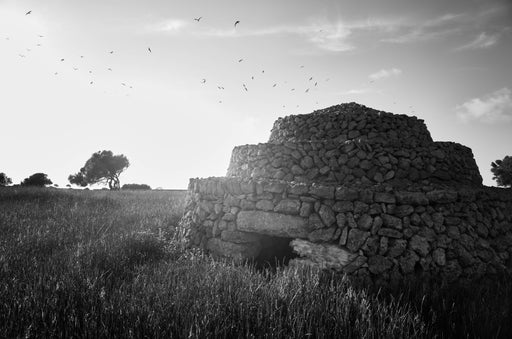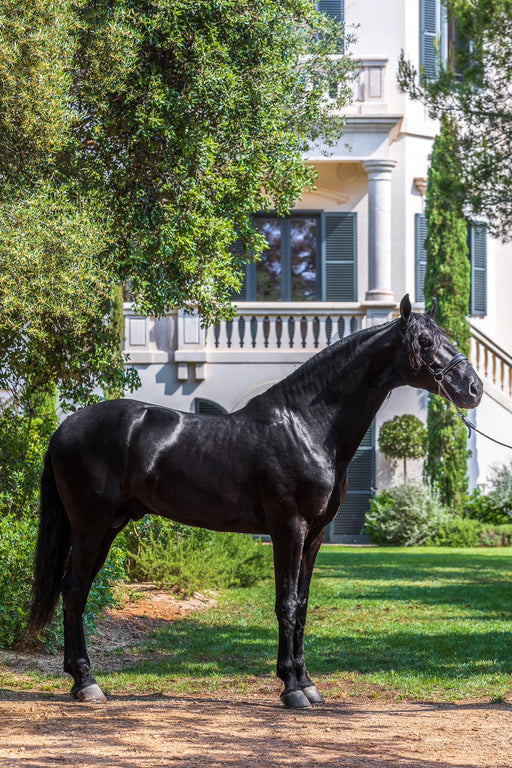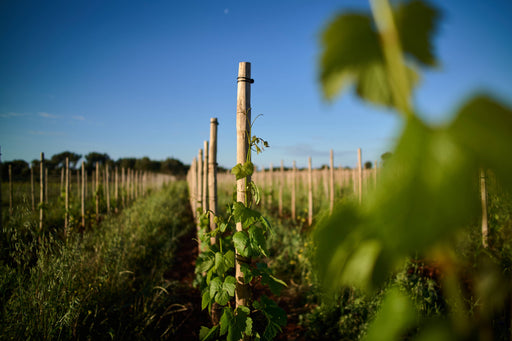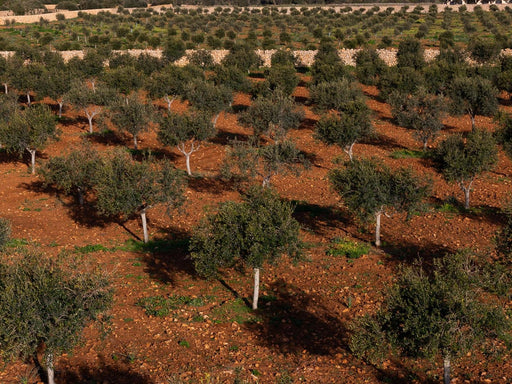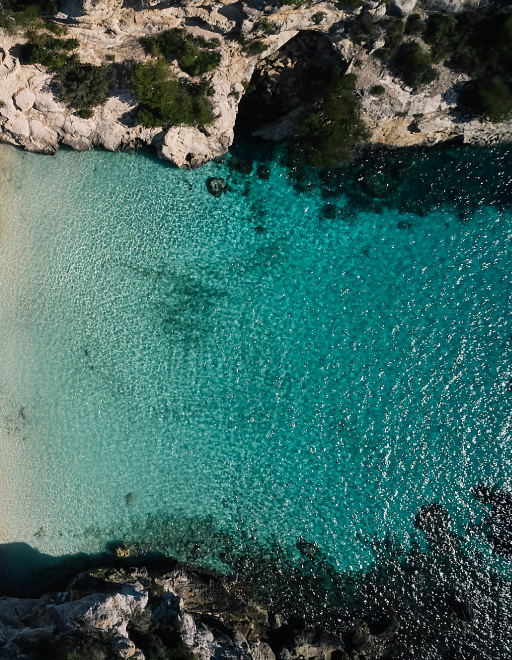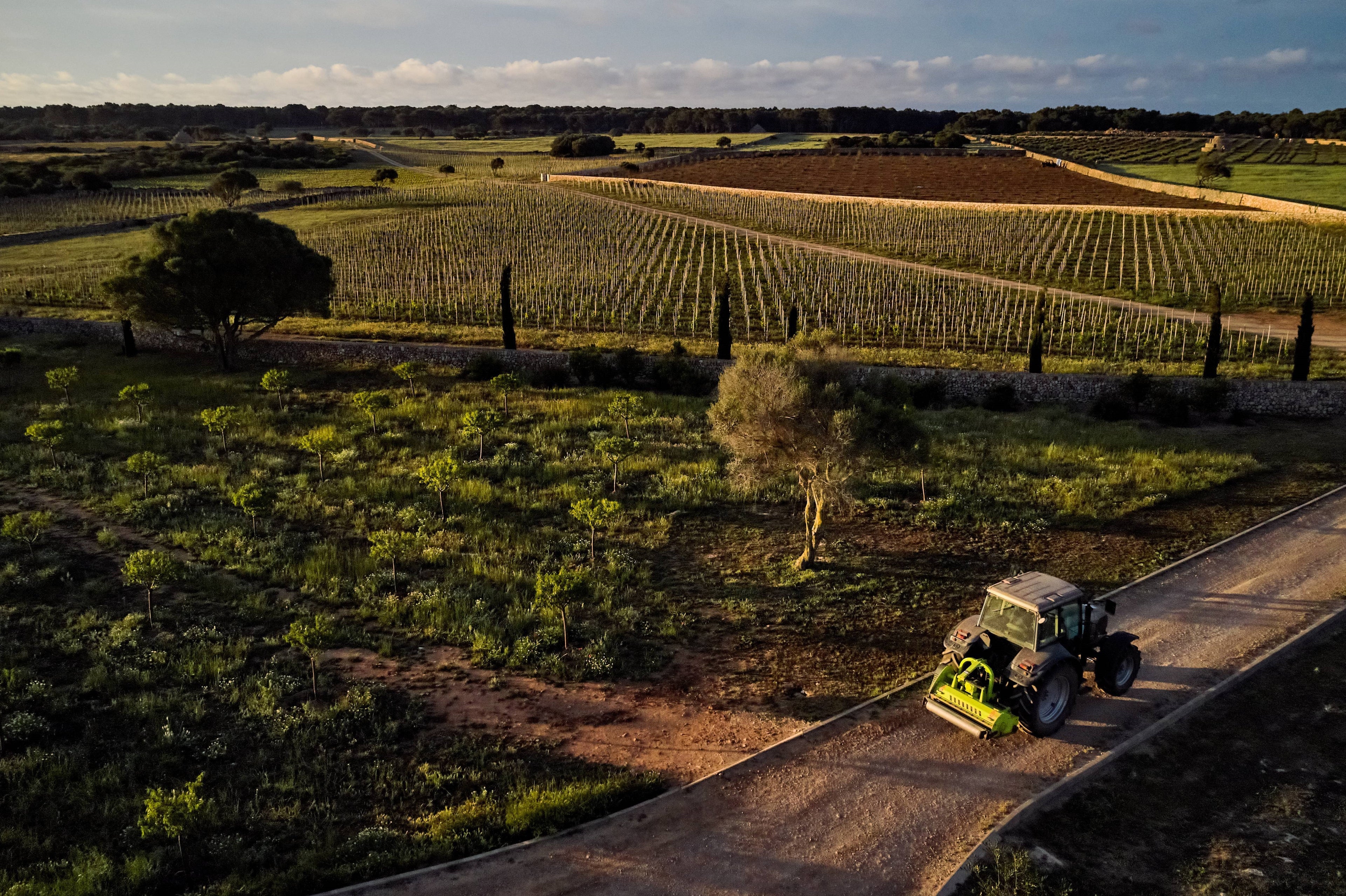Amidst the stones, life and energy intertwine: that of an exceptional wine, born from a subtle earth.
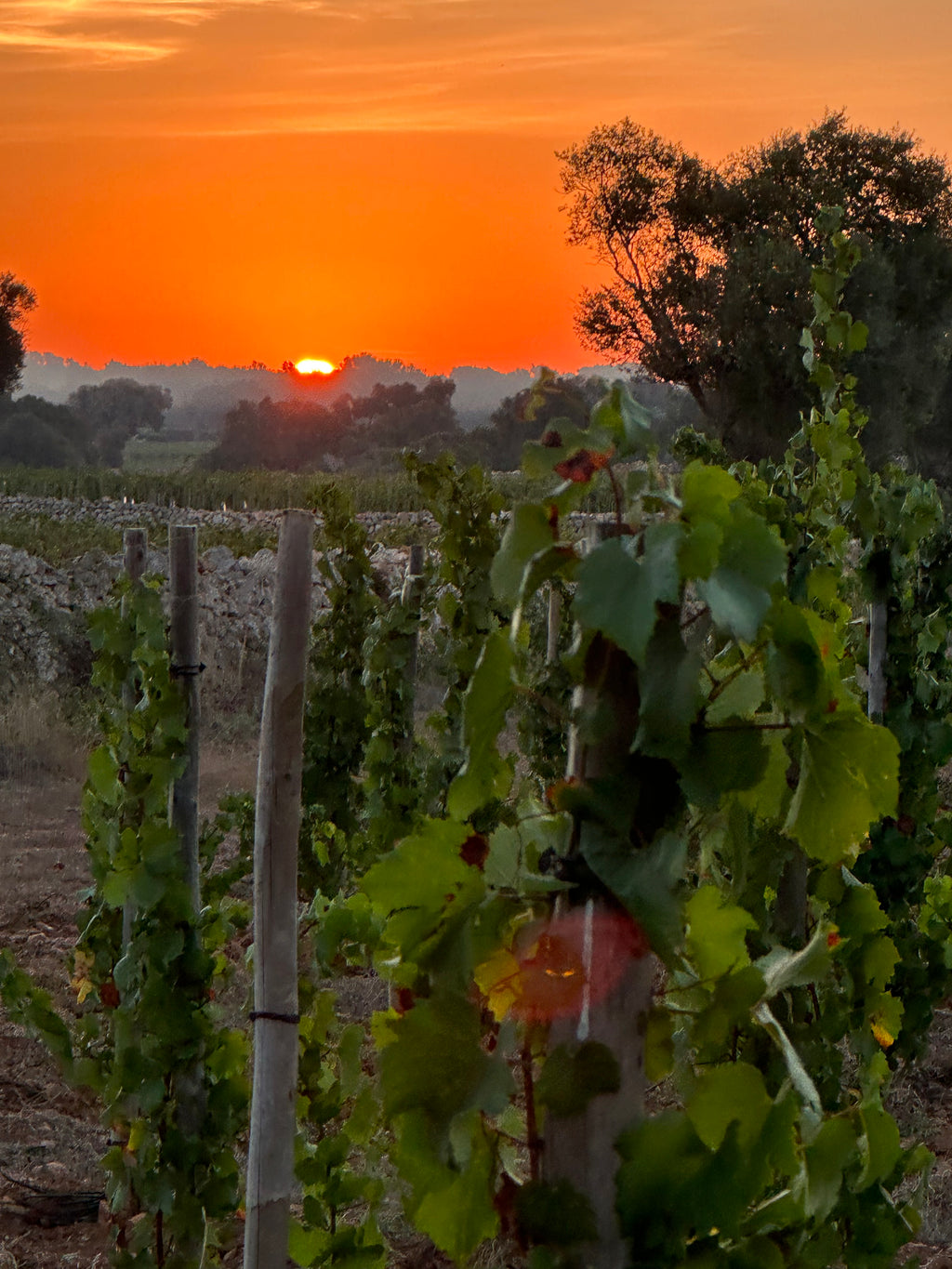
THE SPIRIT
The vineyard has almoste 14 hectares of vines spread over 16 plots. The black grape varieties are Grenache, Cabernet-Sauvignon, Syrah, Mourvèdre, and Macabeu, Malvoisie and Chardonnay for the white grape varieties. Most plants come from mass selections which, unlike clonal selection, offer genetic diversity of plant material. The soils of Al Parico are clayey and mostly shallow (less than 40cm) with a subsoil of limestone sedimentary rocks (Marés and Piedra viva). The island of Menorca, with its Mediterranean climate, is particularly exposed to the tramontana, a consequence of its relatively flat relief. These pedoclimatic conditions guided concrete choices: adapted rootstocks, distribution of grape varieties according to soil depth, North-South orientation of the rows.

La manière
From the outset, we wanted to place the vineyard in the landscape and local context. Far from monotonous monoculture, the principle is to preserve the very essence of the place: only plant areas suitable for cultivation, keep the trees present in the plots, maintain the dry stone walls and the old drainage systems. waters, or even preserve biodiversity. We want to produce by and with the living, by drawing our inspiration and our resources from our direct environment, like the pine forest bordering the vineyard which generates a significant production of biomass without any human help.

THE WAY
For the sake of quality and resistance to drought, the vines are grown in cups on individual stakes for the grape varieties with a drooping habit and without stakes for those with an erect habit, in order to reproduce what nature operates spontaneously: a vine which, thanks to These tendrils climb trees and walls. Tying the vines in season creates a parasol protecting the grapes from scalding. The reasoned approach also results in a low planting density avoiding overexploitation of the soil. Finally, our desire to adopt water-saving practices preserves the environment and forces the roots of the vine to plunge into the ground to draw on its reserves.
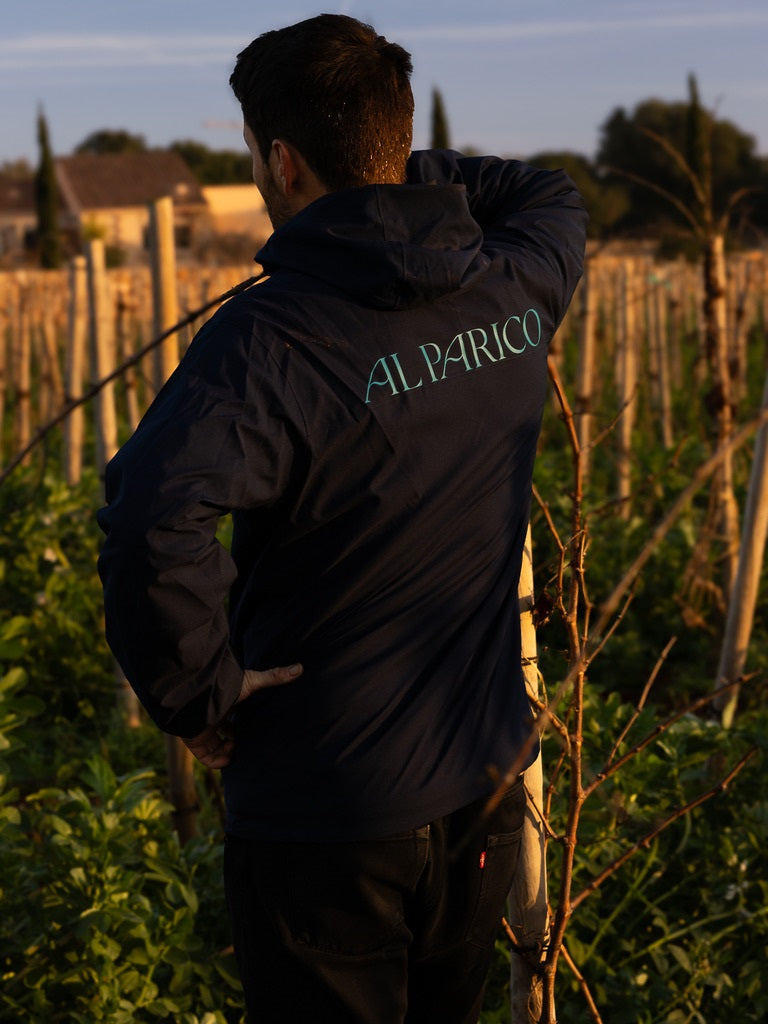
The plots are sown with green manures (grasses, crucifers, legumes) in autumn and mowed or rolled at the start of the vine's vegetative cycle. Natural grass cover is left on the remaining plots where the Al Parico sheep graze during the winter. The objective is to minimize soil work between the rows to contribute to the creation of living soils essential to the sustainability of the vineyard.
